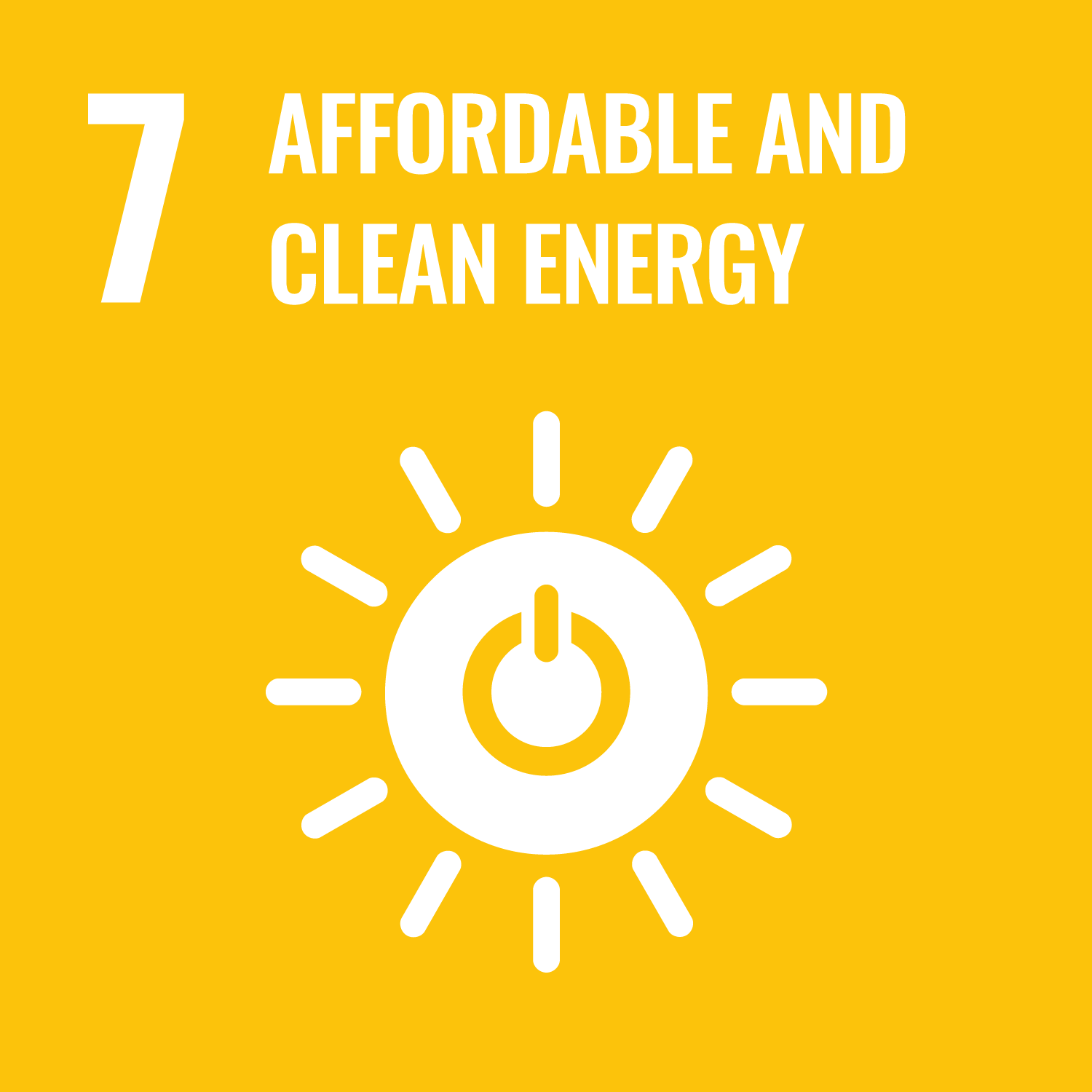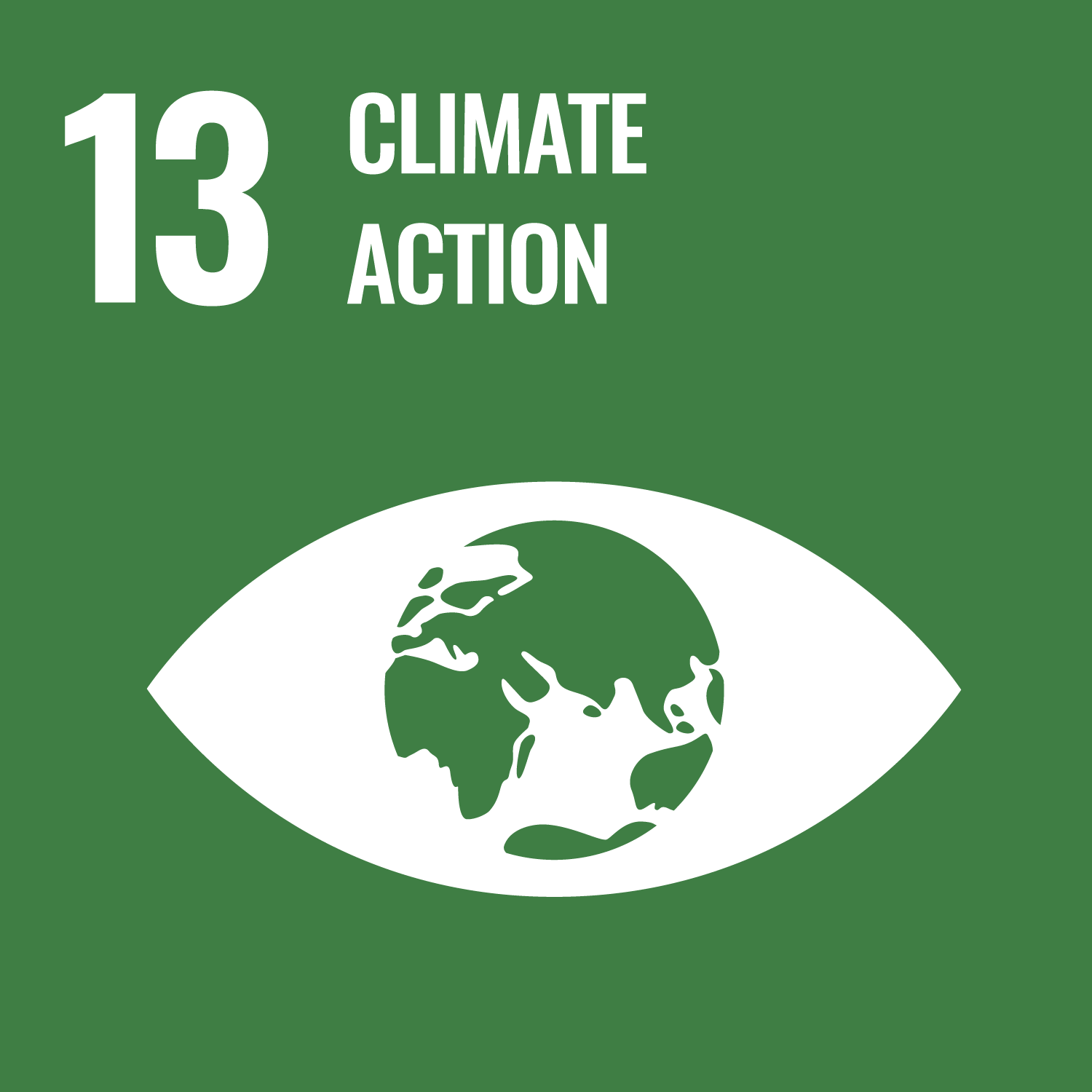Proposal 1: Creation of marine bioenergy using innovative separation membrane
- Group leader
- Shingo Kazama, Guest reseacher
SDGs achieved by this proposal
1. Possibility of creating renewable energy using the ocean
The total amount of solar energy that irradiates Japan's exclusive economic zone (EEZ:447 million km²) is about 1.9x1022joules (J) per year, about 1,500 times large as the domestic final energy consumption of 1.3 x1019J in 2016. The realization of marine bioenergy using EEZ will greatly contribute to the realization of a low-carbon society, and will also contribute to energy security by improving the self-sufficiency rate for energy. Furthermore, realizing food production at the same time is expected to contribute to improving the self-sufficiency rate for food.
Figure 1 shows the concept of producing marine bio-renewable energy on a marine ranch that uses about 4% of Japan's EEZ. In 2050, we aim to create 2,800 petajoules (PJ) of solar-derived renewable energy, which accounts for about 20% of current domestic final energy consumption.
Negative emissions to reduce atmospheric CO2 will be required by 2100 to meet the Paris Agreement's goal of keeping global average temperature rise well below 2℃compared to before the Industrial Revolution. Large-scale negative emissions of bioenergy CCS (BECCS) will be possible by combining renewable energy generation using the ocean and CO2capture and storage (CCS).
2. The need for a new energy conversion process using innovative separation membranes
There have been many cases of research and development of biomass energy conversion in Japan. A common challenge is that the cost of production is higher than the alternative fossil fuels. The main cause of this high cost is;
1. The high price of biomass as raw material,
2. The high cost of producing fuel from raw biomass.
In addition, for marine biomass,
3. It is pointed out that the energy required for drying is large.
The countermeasure against the “1. high price of raw biomass” is to produce biomass efficiently on a large scale. In September 2017, the US Department of Energy launched the ARPA-e Mariner project. It aims to produce 2,800 PJ of liquid fuel using 1.4% of the US EEZ. In Japan, which has the world's eighth largest EEZ of 4.47 million km², the use of the ocean is the key to inexpensive and mass biomass production.
About “2. high cost of producing fuel from raw material biomass”, the cost can be reduced by efficiently separating fuel as a reaction product. For this separation, "Molecular Recognition Separation Membrane", an innovative separation membrane being developed by the Center for Polymer Science of Meiji University, will be applied.
As for “3. requiring large energy consumption for drying seaweeds", it is conceivable as a countermeasure to use a wet conversion process that does not require drying. The “molecular recognition separation membrane” being developed by the Center for Polymer Science, Meiji University is also effective in realizing this wet process.
3. Molecular recognition separation membrane that significantly reduces the cost of producing fuel from raw biomass
In the conversion of biomass fuels that involve chemical reactions, reduction of separation and purification costs is one of the bottlenecks in establishing economic rationality. A means for solving this bottleneck is a "molecular recognition separation membrane". As shown in Fig. 2, the molecular recognition separation membrane recognizes molecules, followed by opens and closes the door, thereby achieving both high selectivity and high permeability that have not been achieved in the past. As a result, the reaction product can be efficiently separated and extracted.
In the production of bioethanol, “enzymatic production” and “ethanol fermentation”, which are fermentation processes of raw biomass, account for about 25% of the total cost. By using an ethanol permselective membrane in this fermentation process, these costs can be significantly reduced. Fig. 3 shows the relationship between fermentation time and alcohol concentration in alcohol fermentation. Fig. 4 illustrates the concept of alcohol continuous fermentation using an alcohol molecule recognition separation membrane.
In the relationship between the fermentation time and the alcohol concentration in Fig. 3, an increase in the alcohol concentration is gradually depressed with time. This is because the activity of yeast decreases when the alcohol concentration is high. In conventional batch fermentation, fermentation is performed until the alcohol concentration reaches about 10%, and then the alcohol of the product is obtained. In this case, the fermentation rate (production rate) is the slope of the red line described as a batch type.
On the other hand, in the continuous fermentation shown in Fig. 4, since the alcohol is selectively recovered under a condition where the alcohol concentration is low, the slope indicating the fermentation rate (the slope of the continuous red line) is larger than that of a batch type.
By using the alcohol selective permeable membrane to selectively permeate and recover alcohol from a fermentation solution having a low alcohol concentration and a high fermentation rate, it is possible to greatly improve the productivity of alcohol. However, the current separation membrane has insufficient alcohol selectivity, and a continuous fermentation process has not been realized.
By developing a molecular recognition separation membrane with excellent alcohol selectivity, it is possible to continuously recover alcohol from a fermentation broth with a low alcohol concentration with a fermentation rate 3 to 10 times higher than that of batch fermentation. As a result, it increases alcohol productivity by 3 to 10 times. In other words, since the amount of alcohol produced per unit volume of the fermenter is 3 to 10 times, the size of the alcohol fermenter for producing the same amount is reduced, and the amount of expensive yeast used is greatly reduced. In addition, if raw biomass is produced at a cost similar to that of the United States by utilizing the vast ocean, bioalcohol can be produced in Japan at a production cost of 40 yen / L, which is the cost target for replacing gasoline.
The Center for Polymer Science has started a preliminary study on an alcohol molecule recognition separation membrane. The research results will be published on the website.




